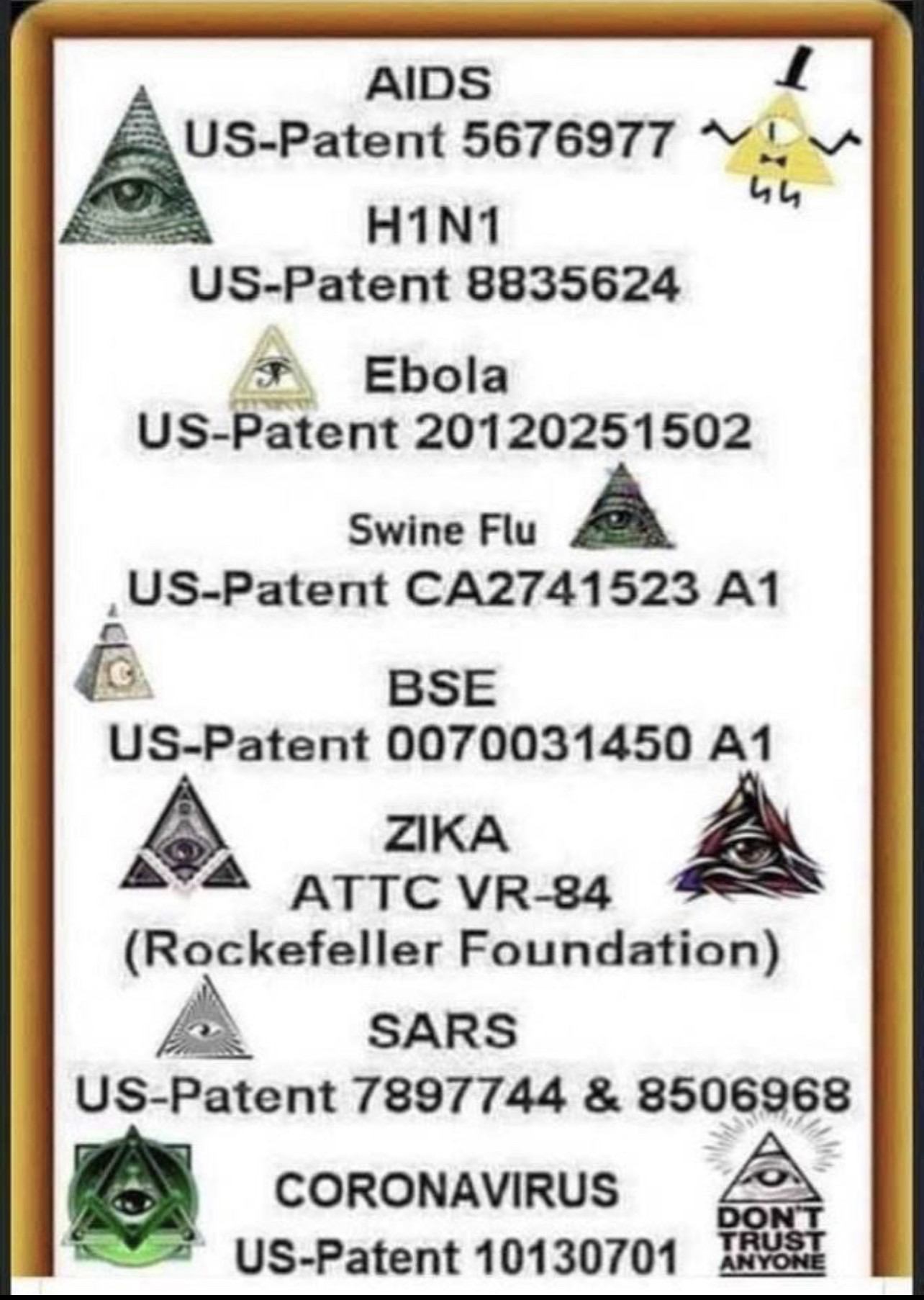If you're wondering how to patent a natural product, the answer is that natural products are not eligible for patent protection. A controversial ruling by the United States Patent and Trademark Office was issued in March 2016 that denied a patent on isolated gene sequences linked to breast cancer.
Nature, in the broadest sense, is the natural, physical, material world or universe. "Nature" can refer to the phenomena of the physical world, and also to life in general.
While both can cause disease, viruses are not living organisms, whereas bacteria are.
Viruses are as alive as crystals?
In 1935 tobacco mosaic virus became the first virus to be crystallized;
in 1955 the poliomyelitis virus was crystallized.
Magnetite is an iron oxide mineral that crystallizes in the form of masses, octahedral, and dodecahedral crystals.
Magnetite is a rock mineral and one of the main iron ores, with the chemical formula Fe 3 O 4.It is one of the oxides of iron, and is ferrimagnetic; it is attracted to a magnet and can be magnetized to become a permanent magnet itself.
Magnetic nanoparticles are a class of nanoparticle that can be manipulated using magnetic fields.
Ultrafast spin dynamics in the ground state of a rare‐earth‐ion doped crystal are studied by the polarization spectroscopy with the optical pump‐probe technique.
Doping means the introduction of impurities into a semiconductor crystal to the defined modification of conductivity.
In semiconductor production, doping is the intentional introduction of impurities into an intrinsic semiconductor for the purpose of modulating its electrical, optical and structural properties. The doped material is referred to as an extrinsic semiconductor.
The shape of piezoelectric crystal is a hexagonal, and it includes three axes namely optical, electrical, & mechanical. It is named a piezoelectric effect. The working of this crystal is whenever force is applied to the crystal then it generates the electricity.
Electricity is the set of physical phenomena associated with the presence and motion of matter that has a property of electric charge.
The electron is a subatomic particle, symbol e⁻ or β⁻, whose electric charge is negative one elementary charge.
An electric current is a stream of charged particles, such as electrons or ions, moving through an electrical conductor or space.
Ion definition is - an atom or group of atoms that carries a positive or negative electric charge as a result of having lost or gained one or more electrons.
In chemistry, an unpaired electron is an electron that occupies an orbital of an atom singly, rather than as part of an electron pair.
In chemistry, a radical is an atom, molecule, or ion that has an unpaired valence electron.
Free radicals are molecules possessing unpaired electrons and thus are reactive and short-lived in a biological setting.
Reactive Oxygen Species (ROS) are chemically unstable molecules that contain oxygen that react with other molecules. They can also be called free radicals. Some examples include hydrogen peroxide, superoxide anion, hydroxyl radical, singlet oxygen, and alpha-oxygen [i].
In plants, the photosynthetic electron transport is also the main origin of ROS. Indeed, the production of ROS is unavoidable when the photosynthetic electron transport chain operates under aerobic conditions. The generation of ROS in photosynthesizing tissues is significantly exacerbated under environmental stress conditions.
Reactive oxygen species (ROS) are produced in cancer cells as a result of increased metabolic rate, dysfunction of mitochondria, elevated cell signaling, expression of oncogenes and increased peroxisome activities.
Iron oxides have a wide range of phases such as ferrihydrite, lepidocrocite, maghemite, goethite, and hematite, and these different phases possess varied abilities to initiate homogeneous and heterogeneous ROS-related redox reactions.

